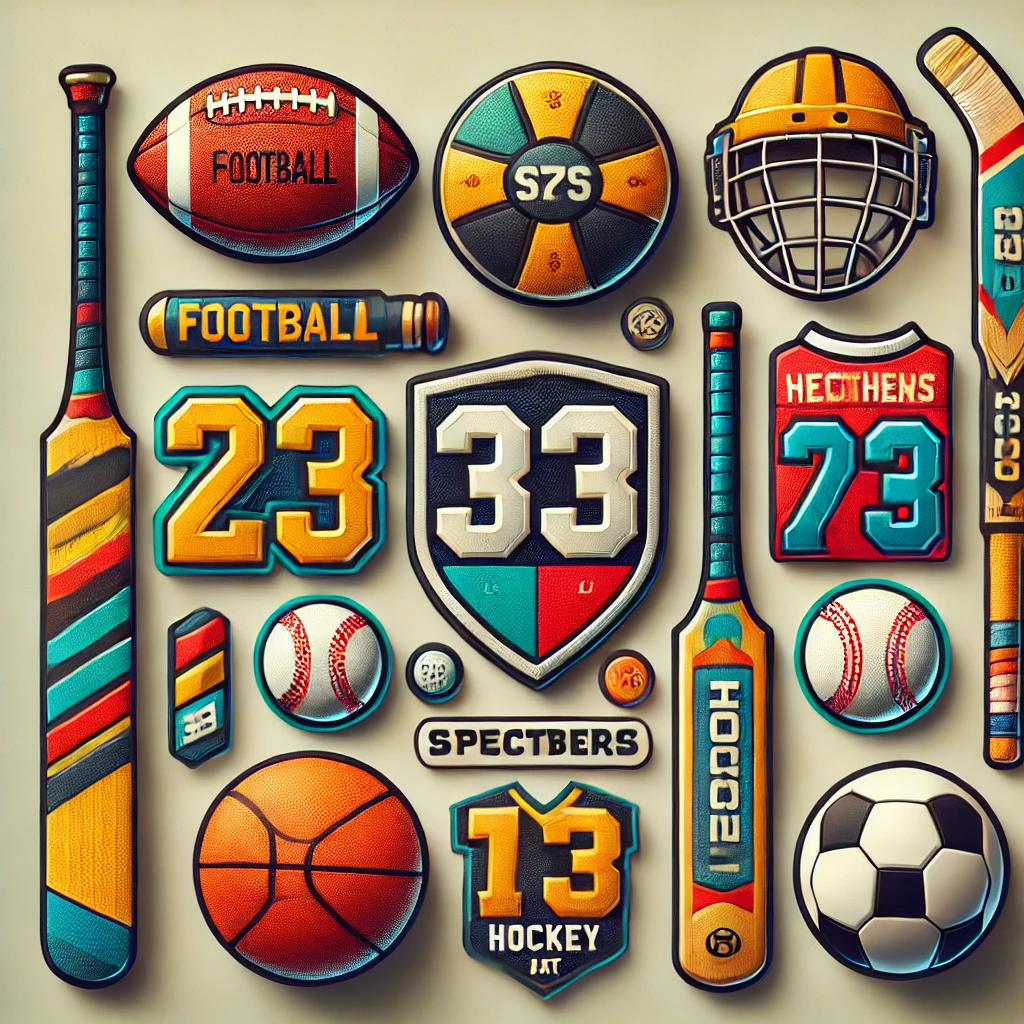Custom embroidered patches serve as powerful tools for branding, identity, and creative expression. From corporate logos to sports insignias, their quality relies heavily on precise stitching. This article explores why good stitching is fundamental in crafting embroidered patches, covering the technical details and design considerations that ensure durability and aesthetic appeal.
Understanding the Role of Stitching in Embroidered Patches
Key Stitch Types and Their Applications
The type of stitching determines both the appearance and longevity of an embroidered patch. Below are the main stitch types used:
- Satin Stitch: Known for smooth, dense coverage, this stitch is ideal for creating bold outlines and lettering.
- Running Stitch: A lightweight option used for fine details and outlines, adding a subtle touch to intricate designs.
- Fill Stitch: Covers larger areas, offering depth and texture while maintaining structural integrity.
- Tatami Stitch: Tatami stitches are a series of rows of stitches that are placed side by side in a zigzag pattern to fill an area. They create a smooth surface with a slight texture, resembling a woven mat—hence the name “tatami.” These stitches are excellent for covering backgrounds, adding volume, or creating shading effects in larger designs
Each stitch type contributes uniquely to the overall design, making proper selection crucial.
The Technical Aspects of Stitching
Stitch Length and Width
Adjusting stitch length and width directly affects the patch’s appearance and functionality:
- Stitch Length: Longer stitches are suitable for smoother designs but may compromise durability on heavy-use patches.
- Stitch Width: Wider stitches enhance visibility, making them ideal for bold text or logos.
Stitch Density
High stitch density results in a durable and professional-looking patch but can make it stiff. Balancing density ensures flexibility without sacrificing quality.
Stitch Direction
The orientation of stitches affects how light reflects off the patch, adding dimension and visual interest to the design. Properly digitized designs make optimal use of stitch direction for dynamic effects.
The Art and Science of Digitizing
Digitizing is the process of converting designs into a stitch file compatible with embroidery machines. Effective digitization ensures precision in:
- Color Mapping: To replicate the intended design faithfully.
- Stitch Path Optimization: Reducing unnecessary thread movement to prevent fabric puckering.
- Texture Management: Using varying stitch types to enhance depth and detail.
Material Considerations for Embroidered Patches
Fabric Choices
The base fabric is the foundation of any embroidered patch. Popular options include:
- Polyester Twill: Highly durable and suitable for dense stitching, it’s the most commonly used fabric for patches.
- Felt: Offers a softer, vintage aesthetic but requires careful handling during stitching.
Thread Quality
Threads impact both durability and appearance:
- Polyester Threads: Known for their strength, fade resistance, and vibrant colors, making them ideal for outdoor or frequently washed items.
- Rayon Threads: Provide a luxurious sheen, perfect for decorative or fashion patches.
Practical Tips for Application and Maintenance
Patch Application Techniques
Proper application ensures longevity. Options include:
- Iron-On Patches: Convenient for temporary or light use. For step-by-step instructions, read our guide on How to Iron on Patches.
- Sew-On Patches: Recommended for heavy-use garments like uniforms and jackets.
Maintenance Best Practices
To maintain the quality of embroidered patches:
- Wash garments inside out to protect the stitching.
- Use gentle cleaning methods and avoid scrubbing directly on the patch.
- Refrain from ironing directly on embroidered areas.
Creative and Custom Design Options
Customization Features
Customization enhances the uniqueness of patches:
- Experiment with shape and size to suit specific applications.
- Combine embroidery with other techniques, such as printed designs or chenille patches, for a modern twist.
Innovative Designs
Incorporating unique color palettes and textures adds flair to any patch.
| Feature | Recommended Option | Benefit |
|---|---|---|
| Base Fabric | Polyester Twill | Durable and holds dense stitching effectively. |
| Thread Type | Polyester | Fade-resistant and suitable for outdoor use. |
| Stitch Density | Balanced | Ensures flexibility without sacrificing quality. |
| Application Method | Sew-On for Long-Term Use | Secure and durable under heavy usage. |
Conclusion
The quality of stitching in embroidered patches plays a pivotal role in their durability, aesthetics, and functionality. By selecting the right materials, mastering stitching techniques, and paying attention to application and maintenance, you can ensure your patches leave a lasting impression.
For more resources on creating custom patches, explore the Ultra Patches Blog. Ready to create your own? Visit our Custom Embroidered Patches page to get started.



